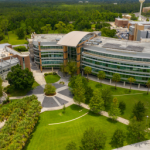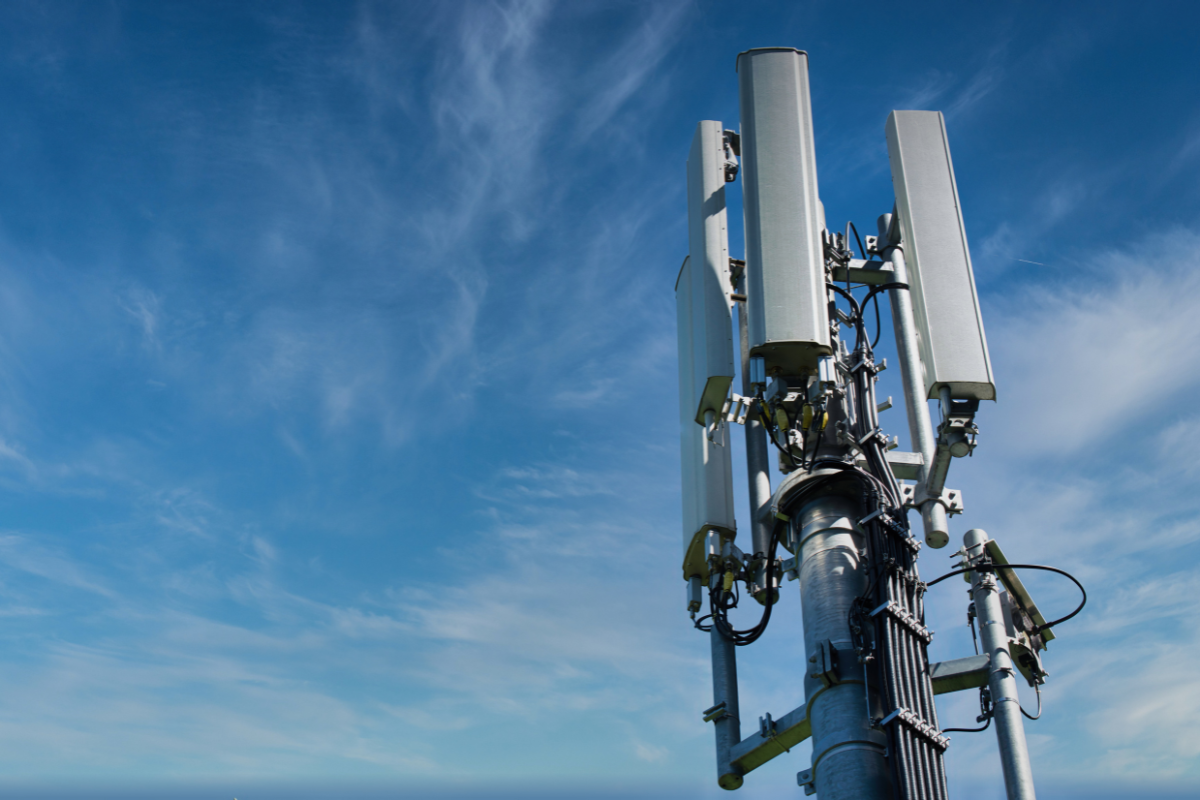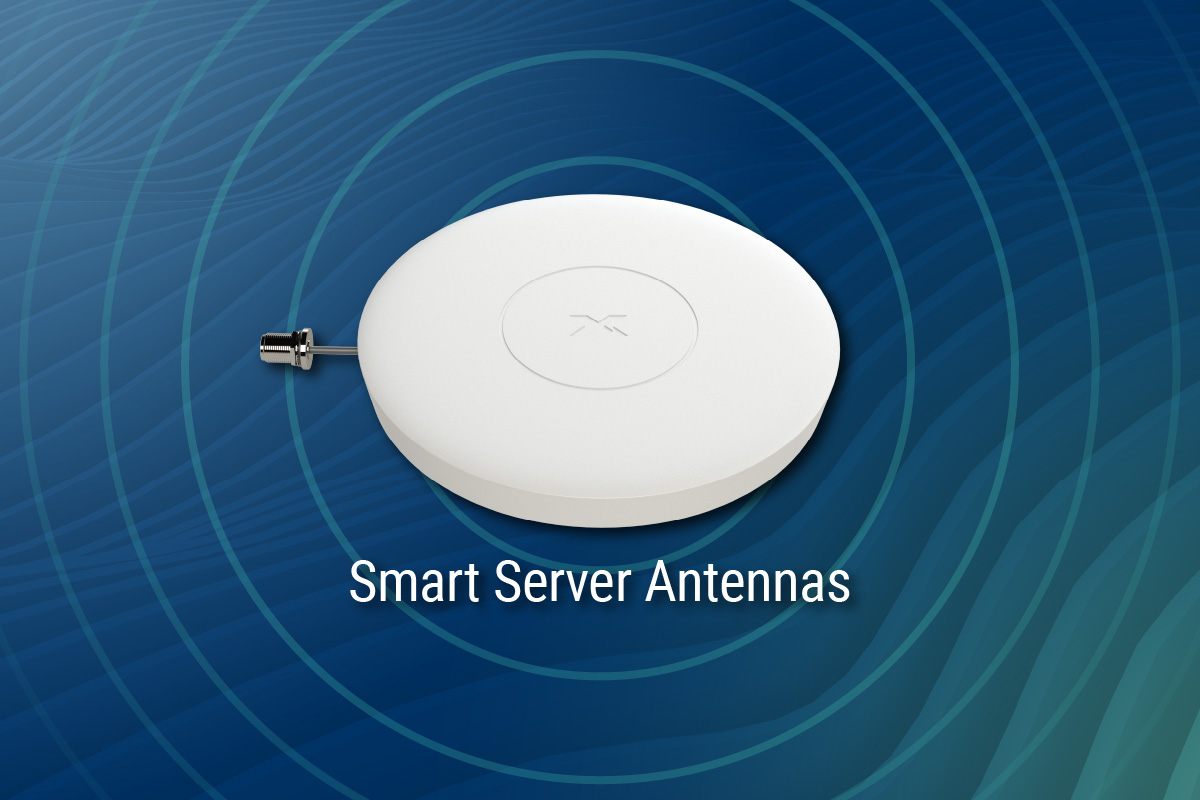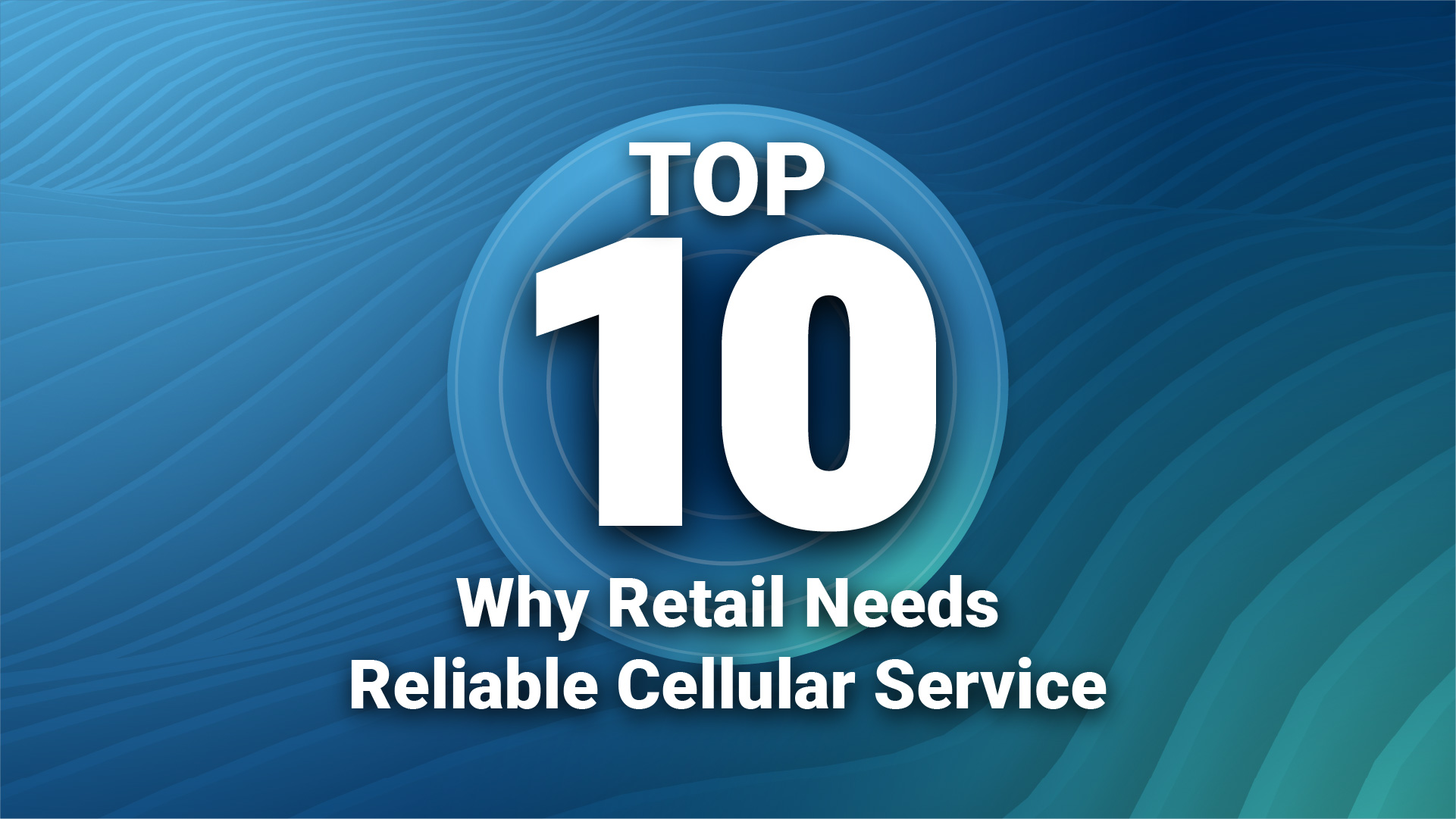While having cellular coverage is no longer optional in large buildings – such as schools, offices, retail spaces, hotels, warehouses, data centers, medical facilities, and emergency response headquarters – many of these facilities have spotty or poor quality cellular reception which needs to be addressed. This is of critical importance as schools and businesses go through various stages of safe reopening.
Traditional Distributed Antenna Systems (DAS) are still the gold standard for the largest facilities, such as airports, hotels and convention centers. These systems often use dedicated signal sources and fiber optic backbones to supply the headend and remote units inside a facility for solid transmission speeds up to 1Gbps – which is necessary for watching video, gaming, and internet access on cellular devices in large crowds. However, traditional active DAS solutions are not always financially viable for most facilities under million square feet due to the high upfront cost of equipment, extensive length of installation time and contract negotiations with carriers, and extra operating expenses due to the heat, electrical, and air conditioning loads.
Three years ago, Nextivity launched CEL-FI QUATRA, an active DAS hybrid specifically designed to address in-building cellular coverage needs of this middleprise building market within budget, and aligned with the technical resources and fast installation turnaround parameters of facilities in this segment. The multi-carrier solution has since gained significant market traction around the world due to many factors. It is fully digital, carrier approved, and guaranteed network safe. The system can be deployed with an off-air donor signal or connected to a small cell to create a distributed small cell network called a Supercell. A QUATRA installation can be accomplished in just days by certified installers versus months typical of a traditional DAS, and at a fraction of the cost.
CEL-FI QUATRA uses category cable between the network and the coverage units that distribute amplified signal to building occupants. With up to 100db gain simultaneously delivered on multiple carrier networks – which is as much as 1000x greater than BDA (bi-directional antenna) repeater solutions available – QUATRA provides an exceptional coverage footprint. Power over Ethernet (PoE) further simplifies installation of the system as power is available wherever needed without the cost of installing additional power outlets.
CEL-FI Fiber HUB – a game changer
Category 6 ethernet cable can deliver lossless signal with the same data transfer rates as fiber, but fiber far outperforms ethernet cable in the distances it can transmit a strong signal. With this category cable limitation, CEL-FI QUATRA can transmit boosted signal over cables inside a facility up to 656 horizontal or vertical feet using a range extender. While this is more than sufficient for many mid-sized buildings, longer cable runs are needed in high rise buildings, multi-building campuses, and remote facilities like mining shafts or data centers embedded in the side of a mountain.
To deliver the signal transmission distances needed in these use cases, Nextivity has just launched the all-new CEL-FI QUATRA Fiber HUB. With this innovation, any QUATRA 4000 system can now provide cellular signal amplification in facilities up to 1.25 miles from the master headend by running fiber from the headend to a Fiber HUB in one or more separate locations or floors in the case of a high rise.
Recently, the CEL-FI QUATRA Fiber HUB was installed by M S Benbow & Associates, a 40-year old consulting and engineering firm based in New Orleans, in a new multi-building school campus. CEL-FI QUATRA was recommended for the facility to Taylor Underwood, Telecommunications Engineer at M S Benbow, by colleagues at one of the major carriers where he formerly worked.
“It’s genius how CEL-FI works. It has the ability to monitor itself for any type of interference that it has introduced into the network,” says Underwood. “I really like CEL-FI QUATRA, but you are limited to one building or several hundred feet. With the Fiber HUB, it fits into the infrastructure like traditional DAS but without being traditional DAS. The Fiber HUB allows us to do multiple and larger buildings.”
CEL-FI QUATRA with the Fiber HUB is an FCC Part 20 approved device and – unlike traditional DAS installations – can be installed without having to obtain separate carrier approval. All four major carriers have different standards, so for a typical DAS installation, the system integrator/installer has to deal with four different sets of teams that may want different things to sign off on the installation agreement. This can take months and is a huge factor when the client doesn’t have $20,000+ in additional budget to negotiate contracts with the carriers, according to Underwood.
He says that, “Many people are skeptical about a Part 20 device, but we have seen that CEL-FI is a good, solid, reliable product. And I can order the equipment, have it installed quickly, and go to the carrier websites and sign it off right there.”
Often subscribers with poor cellular reception will attempt to fix the poor cellular reception inside their buildings by installing multiple small repeaters and then inevitably call the carrier to report they still have poor coverage and cellular issues.
“This happens frequently at plants. Somebody goes and puts a cellular repeater in a building but that isn’t good enough to cover the whole building. So they put another cellular repeater on the other end of the building, because it’s cheap and cost effective to them,” says Underwood. “You get buildings with antenna farms that cause noise and interfere with each other. When you do that, it also degrades overall quality of the network for the carriers. This doesn’t affect just those people in the building – it affects everybody on the network outside of the building using that cell tower.”
“That’s where the CEL-FI QUATRA Fiber HUB comes in. The Fiber HUB allows us to place a single antenna in a central location, and place the fiber hub and coverage units in multiple buildings in the desired locations to provide cell service with no interference all while cutting down on the infrastructure costs,” explains Underwood. “It’s just a better design.”
The school campus has three buildings, one of which is two stories. The CEL-FI QUATRA master headend was installed in the two-story building, with fiber connecting to Fiber HUBs in the two other buildings. It took about a week to install the system, including testing with two of the carriers to double check there was no interference. It took an hour to commission the system. The entire installed QUATRA solution cost the school about the same as it would have cost for only a headend of a traditional DAS, according to Underwood.
“This Fiber HUB is a game changer for us,” says Underwood.
To find out more how the new CEL-FI QUATRA Fiber HUB can be used to amplify cellular coverage on multi-building campuses, in remote locations, or high-rise buildings, check out the webinar “Introducing CEL-FI QUATRA 4000 Fiber HUB”.
A version of this article was originally published by RCR Wireless News
A version of this article was originally published by Connected Real Estate Magazine




